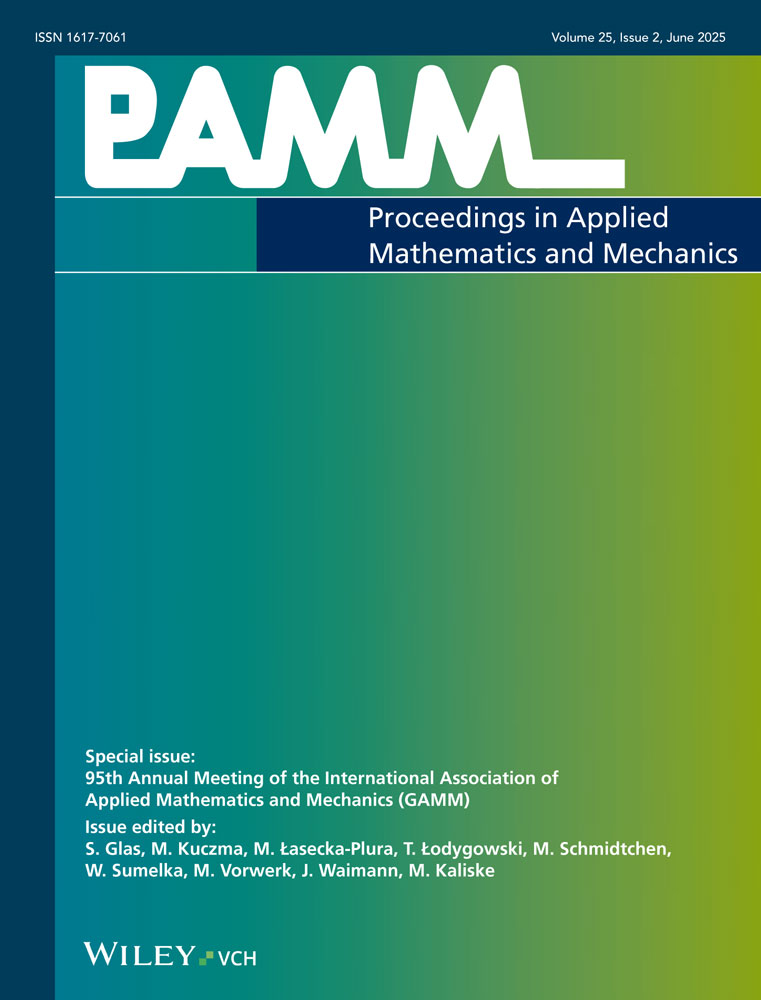Simulation of Hertzian cone cracks using a phase field description for fracture
Abstract
The present contribution focuses on fracture caused by indentation loading on the surface of a brittle solid. Its theoretical prediction is a challenging task due to the fact that crack nucleation is not geometrically induced, but is caused by the stress concentration in the contact near-field. The application of the phase field model requires constitutive assumptions to ensure a tension-compression asymmetric material response and prevent damage in compressed regions. This is achieved at the cost of giving up the variational concept of brittle fracture. We simulate the indentation of a cylindrical flat-ended punch on brittle materials like silicate glass. In order to reduce the numerical effort, we exploit axisymmetric conditions for the finite element formulation. After crack initiation stable propagation of a cone crack can be observed in good agreement with experiments. (© 2016 Wiley-VCH Verlag GmbH & Co. KGaA, Weinheim)




